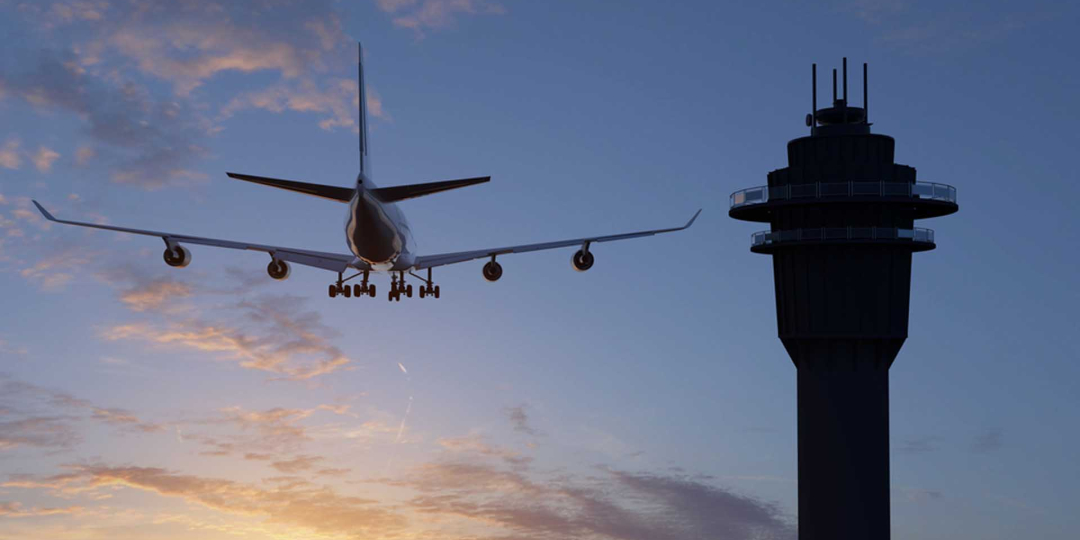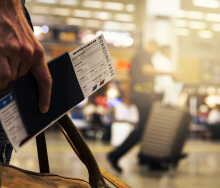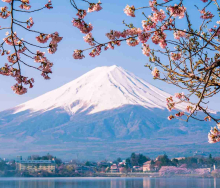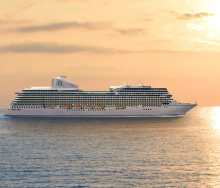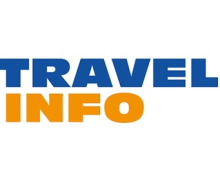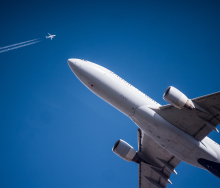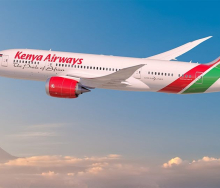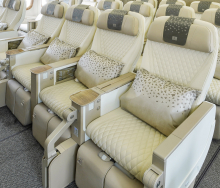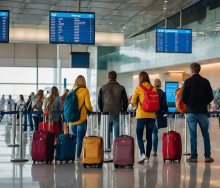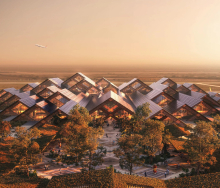A review of domestic air fares on some of South Africa’s most popular domestic routes has shown a shocking 70%-111% increase from July 2019 to July 2022.
And travel agents have now reported fewer ticket sales in August 2022 compared with March this year. These agents say they believe this is a direct result of higher air ticket prices.
Pricing is a key concern for the travel trade, but availability is possibly even more of a serious impediment to doing business, especially on secondary routes.
Rachael Penaluna, Manager of Sure Maritime Travel in Gqeberha, says there is serious cause for concern on both fronts. “Corporates are travelling like crazy. But the average fare out of Port Elizabeth is a joke. If a client doesn’t secure a booking out of PLZ at least two weeks beforehand, they will be faced with prices like R6 000-R7 200 PLZ to JNB return. If they need to fly at short notice, or if they leave things to the last minute, they may have to undertake lengthy and complex routings. And they will have to pay through the nose.”
Rachael said she had just made a last-minute booking for a client to fly PLZ to CPT at two days’ notice. “I was able to find only a routing PLZ-JNB-HDS-CPT returning CPT-GRJ-PLZ at the cost of R12 200. This is untenable.
“Our message to clients now has to be – don’t wait until the week you need to travel to book your ticket!”
Penaluna’s agency deals mostly in high-value corporate business from the province. Apart from the difficulty of trying to sell current fares when multiple staff of one corporate need to travel, she said the agency was battling to book groups of more than five travellers together on a single flight. This meant extra transfers and expenses, which Penaluna said cost customers even more.
Of travel agents who participated in a recent Travel News online poll, 64% said the dramatic increases in domestic airfares had stopped people from buying tickets, comparing number of tickets sold in August 2022 with March 2022 (number of tickets sold, not sales value).
Still, 36% said customers were buying, regardless of the crazy prices.
John Friel, Country Manager, Travelstart South Africa, helped to quantify the changes in domestic fare prices, which he felt were a sign of the curtailed supply in the market.
Taking an average of the prices (July 2019, July 2020, July 2021) of the most popular domestic routes in South Africa – JNB-CPT-JNB and DUR-CPT-DUR – Friel said it was clear that domestic fares had risen by 70%-111% by July 2022.
Friel told Travel News: “We can clearly see the impact on airfares of the curtailed supply in the market. JNB-CPT fares have risen by 73% in July 2022 versus July 2019. CPT-DUR is by 75%, DUR-CPT and CPT-DUR both increased by an alarming 111%. (The figures were based on the average airfare on the route including airport tax.)
Friel said the domestic market’s recovery (post-Covid-19) was headed in the right direction before the collapse of Comair. “Since the grounding of the two airlines (BA Comair and kulula) we have seen a constant picture of stubbornly high airfares, constrained supply and full flights on many routes for days, even weeks, at a time.”
Quoting Acsa’s published figures, Friel also reported a 29% drop in domestic passengers in 2019 versus July 2022 (from 2,4m to 1,7m).
Travelstart’s country manager surmised: “We are already at a point where current prices are a deterrent to travel. We can see this in the number of people searching for flights, which is at an all-time high. The demand is there, however the percentage of people who are looking versus booking has dropped – specifically in the domestic environment. This can absolutely be attributed to the lack of available flights and high prices.”
Airline input costs
At the other end of the supply chain, Tebogo Tsimane, SAA interim Chief Commercial Officer, said airlines were dealing with much higher input costs.
Although SAA is being deliberate about growing the domestic and regional market, Tsimane said rising jet fuel costs had been sudden and steep.
The cost of fuel is not the only factor driving up operating costs. Tsimane said the exchange rate was another significant factor for SAA, inflating the cost of spare parts and aircraft lease rates. “Six of our routes are outside of South Africa. Those input costs are in US dollars. The pressure on us is not letting up.”
Temporary problem?
The constrained supply of airline seats to allow inbound travellers to get to South Africa and to allow all travellers, including South Africans to travel around inside the country and the region, affects every player in the travel chain.
Marcel von Aulock, Southern Sun CEO, said the airlines’ high input costs and limited availability of seats were affecting many industries, even car-rental companies. He felt the challenge of availability, especially on international airline routes, would improve drastically because of seasonal airline schedules, which are just coming into play.
Von Aulock wagered that higher prices wouldn’t be enough to extinguish South Africans’ sensational appetite for travel post-COVID-19. “No, it won’t put them off. They will moan and groan, but they will pay.” As airlines bring more aircraft back into service, and the fuel price stabilises, he said balance would be restored. “Availability is a worry, but it is a short-term worry. It will be a relatively short-term problem and it will come back. Airlines’ ability to put on new aircraft is not immediate, but it is possible.”
Tsimane felt that there could be a time when customers simply wouldn’t be able to afford to travel if fare increases persisted. The domestic market is a priority market for SAA (and its biggest source of traffic on the continent). “It’s a balance. Anybody who doesn’t worry about the lower end of the market is a fool.”
Friel said competition would help to correct pricing. “At a time when we as an industry and our economy are trying to recover from the impact of the pandemic, the current situation is an unhealthy one. Fair competition drives economic activities. Domestically, we have four airlines – BA Comair, kulula, Mango and SA Express – all missing from the market; all of which were operating at optimal capacity in 2019.
“Is there space in this market for a new entrant right now, or additional capacity? Yes, that’s for sure! It is important to balance additional capacity with prices that also allow the airlines to compete and be profitable, and to stimulate passenger demand. Increases in fares of 73% and 111% will not be conducive to strong domestic passenger demand,” said Friel.


